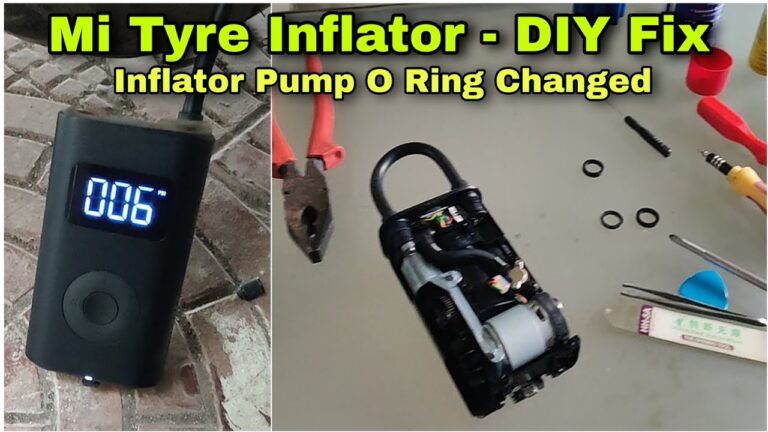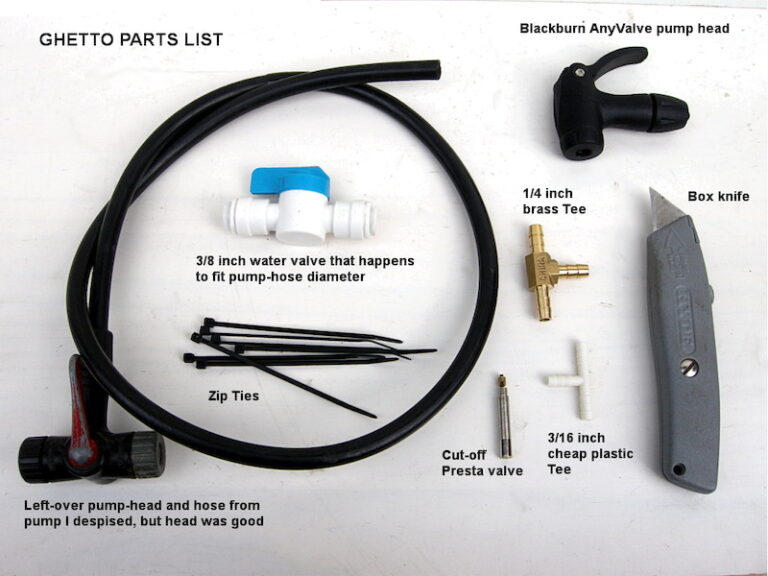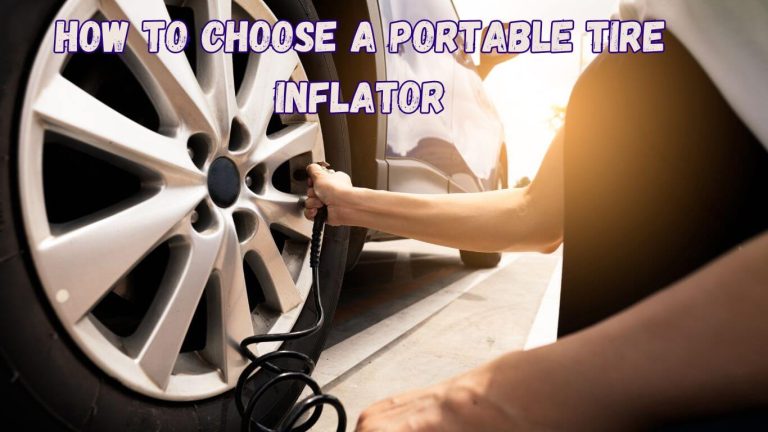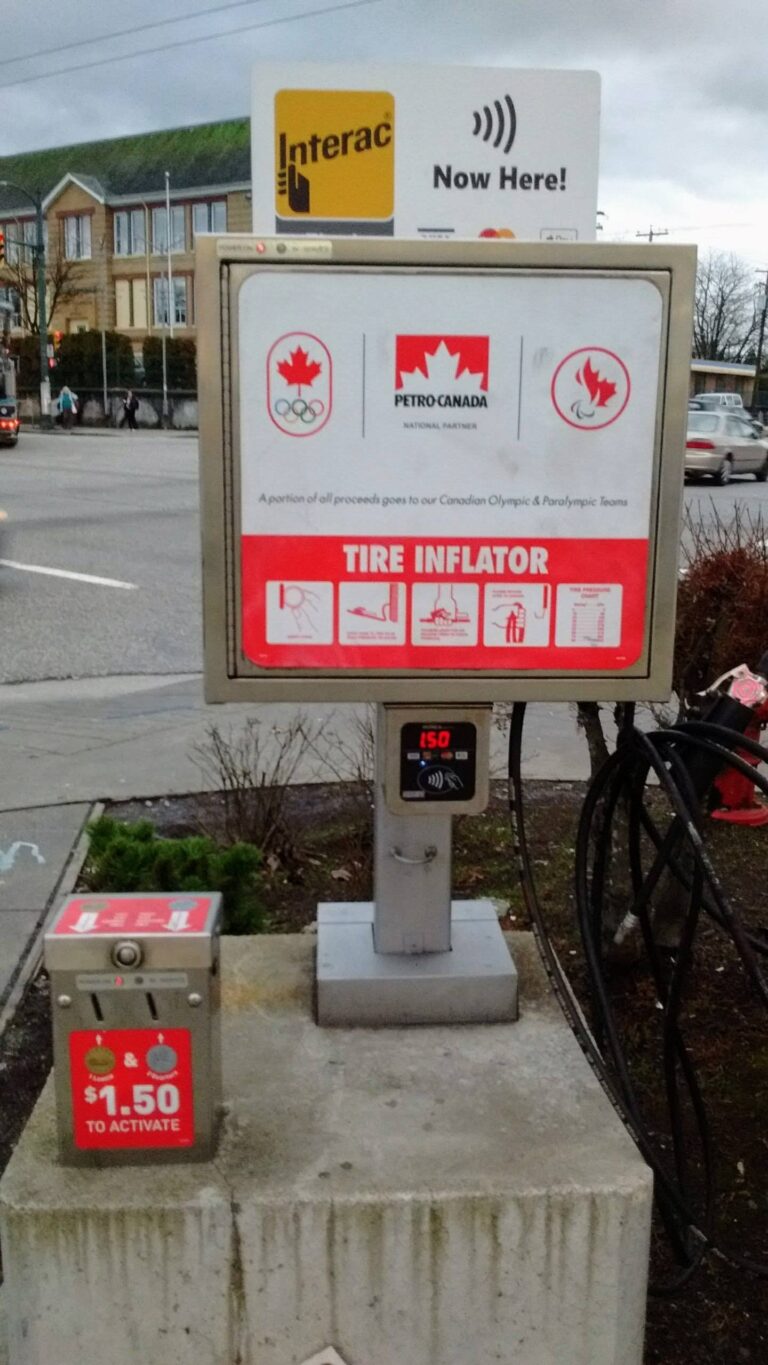How To Inflate A Presta Bike Tire
Flat tire? It’s happened to the best of us! Nothing is more frustrating than being ready for a bike ride only to discover your tire is completely deflated. This guide will teach you everything you need to know about how to fill a Presta bike tire, ensuring you’re back on the road in no time. By the end, you’ll be confident in maintaining your bike’s tire pressure and avoiding future flat-tire frustrations.
Understanding Presta Valves
Presta valves are the slimmer, more common type of valve found on higher-end road bikes and many mountain bikes. This section will cover their unique features and how they differ from Schrader valves, making how to fill a Presta bike tire straightforward. We’ll explore the mechanics of the valve and highlight the key steps involved in inflation.
Presta Valve Anatomy
- Valve Stem: The long, thin part extending from the tire. It houses a small internal pin that controls air flow.
- Locking Nut: The small, threaded nut at the top of the valve stem. This nut controls the opening and closing of the valve core.
- Valve Core: The small, removable pin inside the valve stem. It allows air to pass through when open.
The valve stem is the visible part of the Presta valve. It’s crucial to handle it with care to prevent damage and ensure a proper seal. Any bending or damage to the stem could lead to air leaks.
This nut is essential for controlling the air flow. Loosening the nut allows for inflation; tightening it seals the valve. Ensure you completely loosen this nut before attempting to inflate the tire.
The valve core acts like a valve in a water pipe, controlling the flow of air. While usually not necessary, removing the core can be helpful for certain maintenance tasks or when using a specialized inflator.
Presta vs. Schrader Valves
Many people unfamiliar with Presta valves mistake them for being harder to inflate. However, understanding the mechanics makes inflation straightforward.
- Size and Shape: Presta valves are narrower and longer than Schrader valves, common on car and bicycle tires.
- Inflation Method: Presta valves require a different technique to inflate compared to Schrader valves.
- Common Use: Presta valves are predominantly found on high-performance bicycle tires, while Schrader valves are more common on everyday bicycle and car tires.
How to Fill a Presta Bike Tire: Step-by-Step Guide
This section provides a clear and concise, step-by-step guide on how to properly inflate a Presta valve. We’ll cover everything from preparing the valve to checking the tire pressure, ensuring a smooth and efficient process.
Preparing the Valve
- Unscrew the Locking Nut: Loosen the small nut at the top of the Presta valve stem completely before you start inflating.
- Check for Obstructions: Inspect the valve stem for any dirt or debris.
This step is critical. The locking nut prevents air from escaping; not loosening it will render inflation impossible. Make sure to fully unscrew the nut to allow for smooth air flow.
Foreign objects can obstruct the flow of air and prevent proper inflation. Use a small brush or compressed air to remove any particles.
Inflating the Tire
- Attach the Pump: Firmly press the pump head onto the Presta valve. Ensure a tight seal to prevent air leakage.
- Inflate the Tire: Pump air into the tire until it reaches the recommended pressure, usually indicated on the tire sidewall.
- Tighten the Locking Nut: Once inflated, tighten the locking nut securely to seal the valve.
A tight seal is essential for efficient inflation. If the pump head is loose, air will escape, slowing down the inflation process and wasting energy.
Do not over-inflate the tire; exceeding the recommended pressure can damage the rim, tire, or both. Use a pressure gauge for accurate measurement.
Securely tighten the locking nut to prevent air leakage. A loose nut will result in a slow deflation over time. Tighten only as much as required to maintain an air-tight seal.
Checking Tire Pressure
A pressure gauge will allow you to accurately monitor your tire pressure ensuring proper inflation and preventing damage.
- Using a Pressure Gauge: A pressure gauge is important to determine if the tire is correctly inflated.
- Recommended Pressure: The recommended tire pressure is printed on the sidewall of the tire. This varies by tire type and rider weight.
- Regular Checks: Check your tire pressure regularly (at least once a week or before each ride) to prevent flats.
Troubleshooting Common Problems
This section will address some common issues encountered while inflating Presta valves. Learning how to address these problems can prevent frustration and ensure you’re back on the road quickly. We’ll cover typical problems and solutions, helping you gain confidence in this important skill.
Pump Won’t Connect
- Clean the Valve: Dirt or debris may be preventing a proper seal. Clean the valve stem thoroughly using a small brush or compressed air.
- Check the Pump Head: Ensure the pump head is compatible with Presta valves. Some pumps are designed specifically for either Presta or Schrader valves, or both.
- Try a Different Pump: If the problem persists, try using a different pump to rule out any issues with the pump itself.
Slow Inflation
- Check the Locking Nut: A partially closed locking nut can restrict airflow.
- Inspect the Valve Core: A damaged or clogged valve core can reduce airflow. You might consider removing and cleaning it (although this is not always necessary).
- Check for Leaks: Inspect the valve and surrounding tire area for any visible leaks. A slow leak can be difficult to detect but is often the culprit of slow inflation.
Myths About Presta Valves
Myth 1: Presta valves are difficult to use.
While initially seeming more complex than Schrader valves, understanding their mechanism makes inflation relatively simple. With practice, inflating a Presta valve becomes as easy as using a Schrader valve.
Myth 2: Presta valves are prone to leaks.
While potentially more susceptible to leaks if not maintained properly, regular cleaning and proper tightening of the locking nut minimize this risk. This is no different than a Schrader valve which can also leak if not properly seated.
Myth 3: You need a specialized pump for Presta valves.
While some pumps are specifically designed for Presta valves, many high-quality pumps are compatible with both Presta and Schrader valves. Choose a pump that suits your needs and check the manufacturer’s specifications.
Maintaining Your Tires
Regular maintenance is key to preventing flats and ensuring your tires are properly inflated. This section will cover some essential tips for maintaining your tires and preventing common problems. We’ll explore the importance of regular inspections and pressure checks, ensuring your tires stay in optimal condition.
Regular Pressure Checks
Checking tire pressure regularly is the most effective way to prevent flats and ensure proper performance.
- Frequency: Check your tire pressure at least once a week or before every ride.
- Tools: A reliable pressure gauge is necessary for accurate measurements.
- Consequences of Neglect: Neglecting regular pressure checks can lead to flats, reduced performance, and increased risk of damage to your tires and rims.
Tire Inspections
Regular visual inspections are crucial for identifying potential problems before they become serious.
- Look for Embedded Objects: Regularly examine your tires for embedded glass, thorns, or other debris that can cause punctures.
- Check for Cuts or Wear: Look for any cuts, cracks, or excessive wear on the tire surface.
- Inspect the Sidewalls: Pay attention to the sidewalls; damage to this area is extremely dangerous and can lead to sudden failure.
FAQ
How often should I check my Presta tire pressure?
It’s best practice to check your Presta tire pressure at least once a week, or before each ride, especially if you haven’t ridden for a while. Consistent monitoring ensures optimal performance and prevents flats.
What happens if I overinflate my Presta tire?
Overinflating your tire can lead to a blowout, rim damage, or uncomfortable riding. Always inflate to the pressure recommended on the tire sidewall.
What if my Presta valve leaks air even after tightening the nut?
A leak could be caused by a damaged valve core, a faulty valve stem, or a puncture in the tire itself. Try cleaning the valve stem thoroughly; if the leak persists, it’s best to seek professional bike repair.
Can I use any pump to fill a Presta tire?
Many pumps are dual-head, accommodating both Presta and Schrader valves. However, some pumps are designed specifically for one or the other, so check the pump’s specifications before use.
What pressure should I inflate my tires to?
The recommended inflation pressure is always printed on the tire sidewall. This value depends on your tire size, bike type, and your weight.
What should I do if I can’t get my tire to inflate at all?
If you’ve followed all steps and your tire still won’t inflate, there may be a puncture, a problem with the valve stem, or a different issue. Consult a bicycle mechanic.
What if the pump head won’t attach correctly to the Presta valve?
Make sure the valve stem is clean and free of dirt. If the pump still doesn’t seal, consider using a different pump or contacting a bike shop.
Final Thoughts
Mastering how to fill a Presta bike tire is a valuable skill for every cyclist. Regular maintenance and understanding the intricacies of the Presta valve will ensure your rides are smooth, safe, and enjoyable. Remember to check your tire pressure regularly, and don’t hesitate to seek professional help if you encounter persistent problems. Now get out there and ride!




